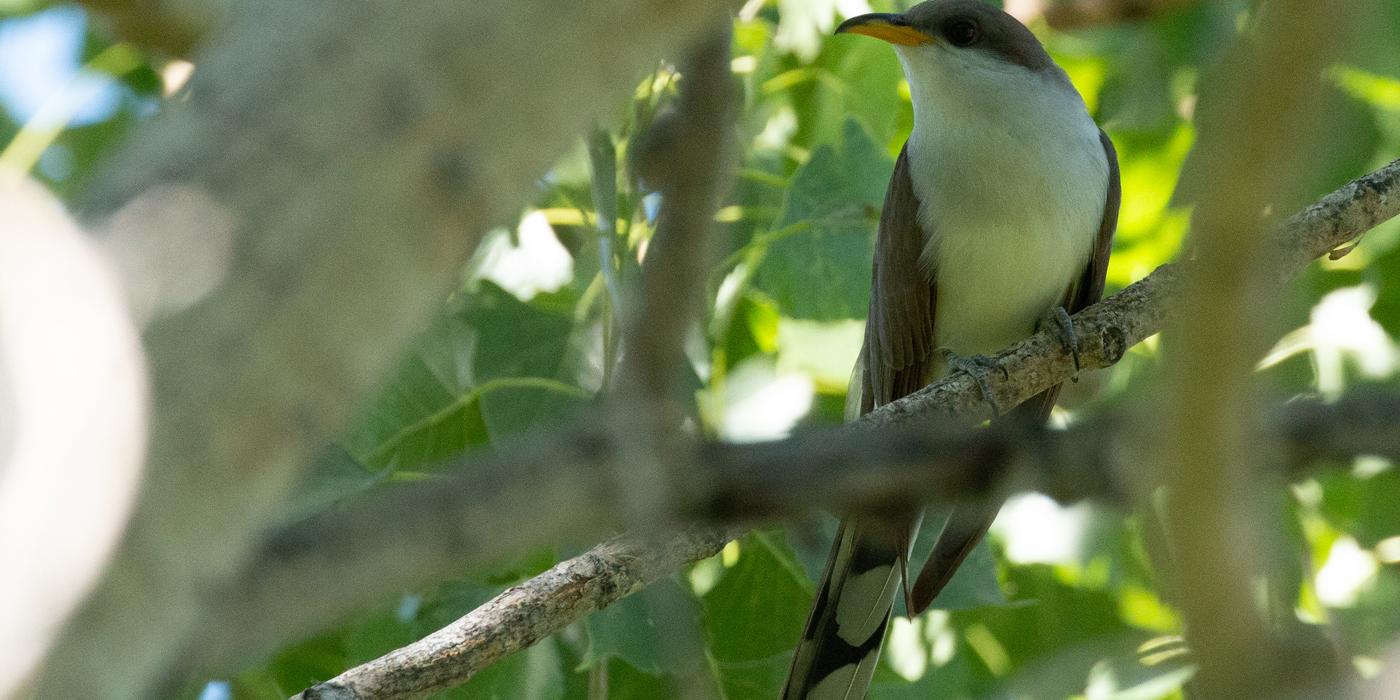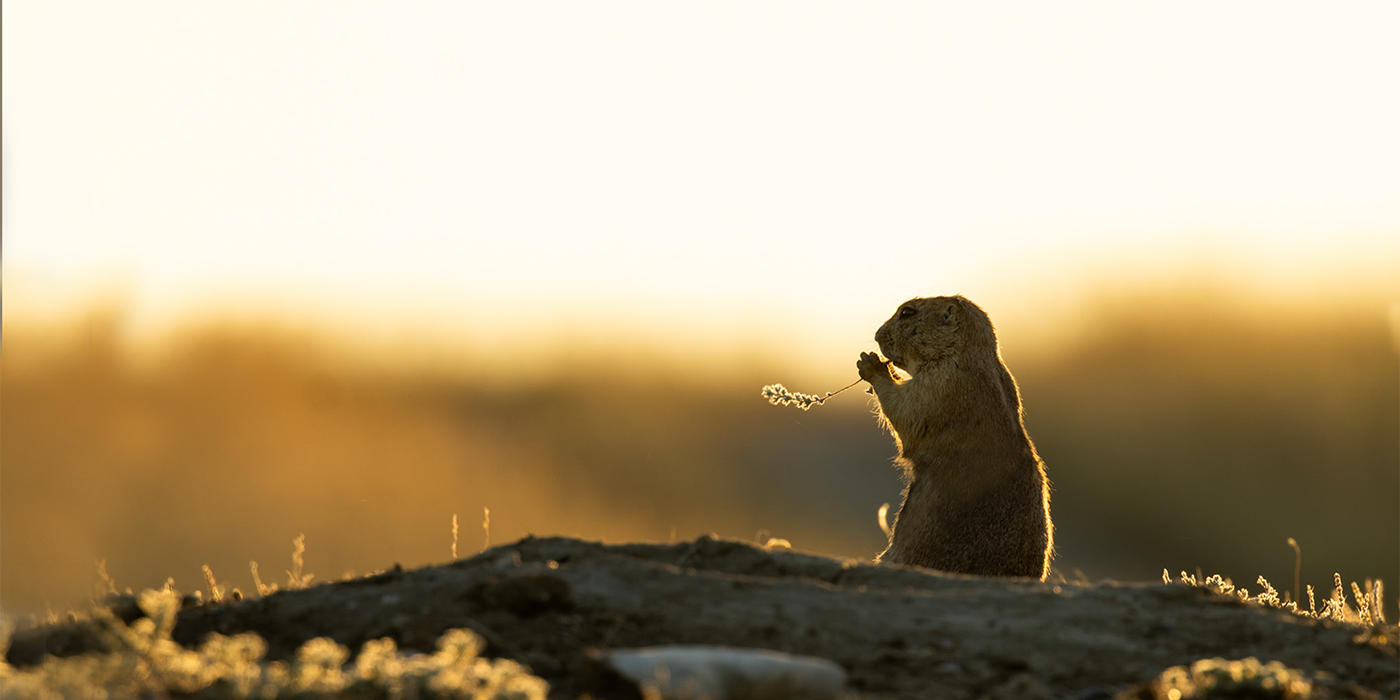How Ecologists are Using Sound to Detect an Elusive Bird

Since the 1960s, we have lost more than 1% of black-billed and yellow-billed cuckoos each year. Their plight has caught the attention of conservationists, and groups across the Western U.S. have started monitoring their cuckoo populations. The trick is that finding these birds is really, really hard.
Cuckoos are extremely secretive. They live in hard-to-reach places, either far from roads or on private lands. They hide, often motionless, in dense vegetation and call infrequently. Because they are so difficult to spot, surveyors usually have to visit sites several times per season in search of cuckoos. We recently teamed up with the University of Montana Bird Ecology Lab and Montana Audubon to tackle the challenge of detecting these elusive birds. We are using remote sound recorders and artificial intelligence to develop a tool to survey for cuckoos more effectively and at a dramatically reduced cost.
Cuckoos are truly unique birds. As a group, they are known to be nest parasites. That is, they dump their eggs in the nests of other species who then raise these interloper offspring as their own. Yellow-billed and black-billed cuckoos, the most widespread species in North America, actually buck this trend. They do the typical bird thing — stake out a territory, build a nest and raise their own young. These cuckoos are pretty particular about where they breed; both species require large chunks of deciduous woodland, where trees are laden with caterpillars (the cuckoos’ favorite food) during the summer months.
It’s this preference for mature, deciduous forest and abundant insects that has led cuckoos into trouble. In the dry Western U.S., big patches of forest are most often found along large rivers. These rivers were unbroken strands of green 250 years ago, winding their way through grasslands, deserts and sagebrush. They supported wide swathes of lush, dense, buggy forest. Spring floods would rip scars into the forest in some years, and that bare ground would sprout with thousands of willow and cottonwood seedlings in the summer. The ever-changing path of the river created stands of forest with mature trees in some areas and impenetrable thickets of young trees and shrubs in others.
Since then, many things have changed. Nearly all the large rivers in the U.S. have been dammed, eliminating or reducing the flooding cycles that allow young trees to sprout. Many areas are overgrazed by cattle, with grass growing right up to the river’s edge. Floodplains — with deep, nutrient-rich and easy to irrigate soil — are also productive for growing crops. As farms replaced forests, cuckoos lost places to nest. Pesticides meant to keep our food supply steady and abundant have also drastically reduced the caterpillars found in forests come summer. Cuckoos simply can’t raise a healthy family without them. For all of these reasons, cuckoo populations have been in rapid decline.
But there is good news for cuckoos. Across the western U.S., old and non-functioning dams are being removed, restoring natural flood patterns that create healthy river forests. We are learning which pesticides cause the most harm to nontarget insect populations and reducing their use. In some areas, we are even adopting livestock grazing practices that are less harmful to riverside plants. With the help of our acoustic research, we can better monitor cuckoo populations to learn if these conservation efforts are having a positive impact.



